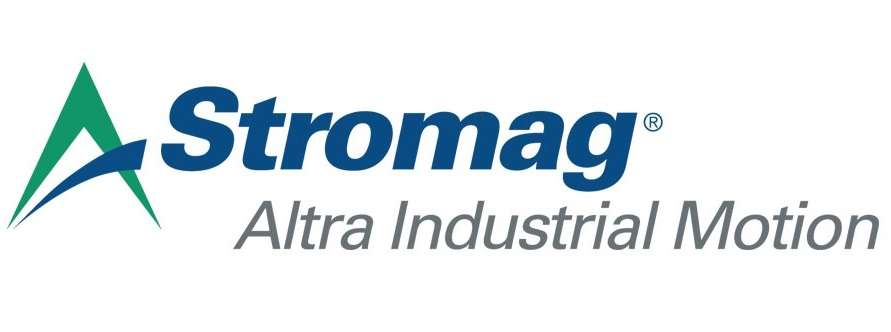
Service Brakes
The service brake is operated by foot and is mechanically separated from the parking brake or emergency braking system. The service brake can consist of disk, drum brakes, or a combination of the two. This system is typically hydraulic and relies on hydraulic pressure to activate the braking system.
We offer three main types of service brakes electromagnetic, thruster, and hydraulic.
HVH Industrial works with manufacturers' specialized engineering teams to meet our customers' requirements and highest quality standards.
If you have any questions write us via live chat, (one of our team members will answer your questions), give us a call or send us a quote request. The HVH team is always ready to help you.
 1(866)577-4040
1(866)577-4040
or
Service Brakes
Manufacturers
What are Service Brakes?
Industrial service brakes are devices used to stop or slow down moving machinery by generating frictional force. They are typically hydraulic, pneumatic, or electrically powered and operate by applying force to a rotating or moving part of the machinery. The primary function of industrial service brakes is to prevent accidents and ensure the safe operation of equipment in industrial settings.
Types of Industrial Service Brakes
Industrial service brakes can be broadly classified into the following types:
Disc Brakes
Disc brakes are one of the most common types of industrial service brakes used in heavy machinery. They consist of a rotating disc and a stationary caliper that applies pressure to the disc's surface to slow down or stop the machinery. Disc brakes offer high stopping power, low maintenance, and good heat dissipation, making them ideal for heavy-duty applications, such as steelworks, material handling, mining or nuclear, workshop cranes, and tower cranes applications.
The main advantage of disc brakes is that they are designed for restrictive spaces and can be fitted with various spring/thrusters combinations. Also, they have a robust design for intensive braking cycles and high resistance against vibrations.
Electromagnetic Service Brakes
Electromagnetic service brakes, also known as electromagnetic clutches, use a magnetic field to engage and disengage the brake. When the brake is disengaged, the moving parts of the machine are free to rotate. When the brake is engaged, the magnetic field creates friction, slowing down or stopping the machine. Electromagnetic service brakes are commonly used in a variety of applications, including elevators, cranes, and machine tools.
One of the advantages of electromagnetic service brakes is that they can be controlled electronically, making them highly responsive and easy to adjust. They also do not require any hydraulic fluid, which can make them a more cost-effective option. However, electromagnetic service brakes can be prone to overheating and may not be suitable for heavy-duty applications.
Thruster Service Brakes
Thruster service brakes, also known as spring-applied brakes, use a spring to engage the brake and a hydraulic or pneumatic cylinder to release the brake. When the brake is engaged, the spring compresses and creates friction, slowing down or stopping the machine. Thruster service brakes are commonly used in industrial machinery, such as cranes and winches.
One of the advantages of thruster service brakes is that they can provide high braking force, making them suitable for heavy-duty applications. They also do not require a continuous supply of air or hydraulic fluid to maintain the brake, which can make them more reliable. However, thruster service brakes can be noisy and require regular maintenance to ensure they are functioning properly.
Hydraulic Service Brakes
Hydraulic service brakes use hydraulic fluid to apply pressure to the brake pads, creating friction and slowing down or stopping the machine. These types of brakes are commonly used in automotive and heavy machinery applications, such as trucks and construction equipment.
One of the advantages of hydraulic service brakes is that they can provide high braking force and are highly responsive. They also do not require any external power source, making them a reliable option. However, hydraulic service brakes can be more complex and expensive to maintain and repair compared to other types of service brakes.
In conclusion, Service brakes play a critical role in ensuring the safety of workers and the smooth operation of equipment in industrial settings. They prevent accidents, reduce downtime, and increase productivity. Properly functioning industrial service brakes can help prevent costly equipment repairs and downtime, ensuring that the machinery operates efficiently and safely.





.png)
